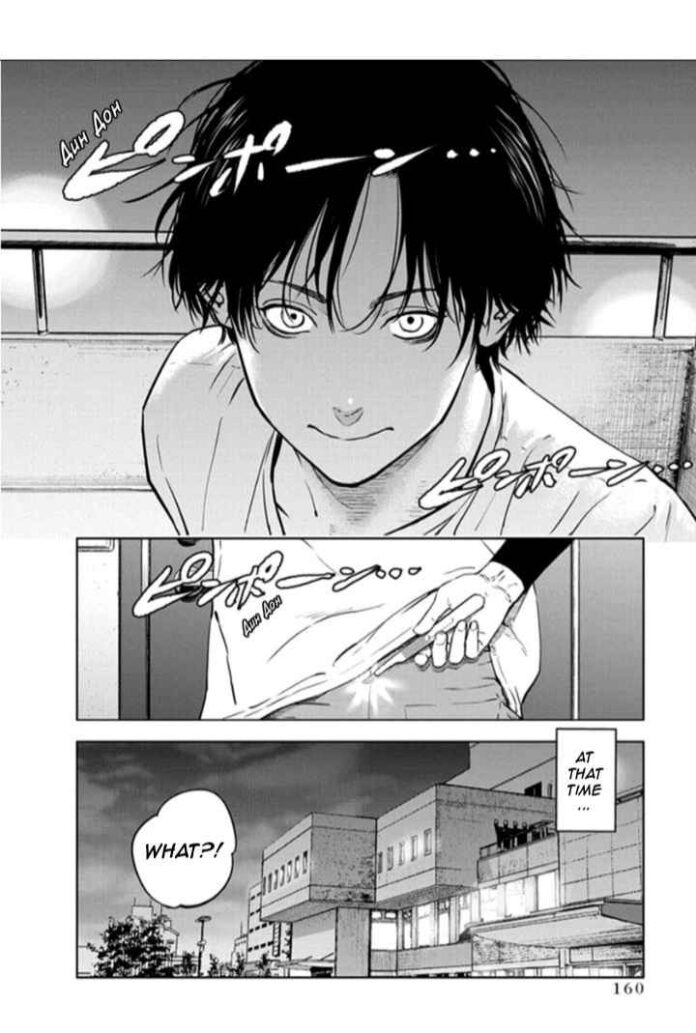The concept of a massacre evokes images of tragedy, sorrow, and profound loss. However, throughout history, there have been mysterious occurrences where, against all odds, a glimmer of hope emerges amidst the chaos. This paradoxical phenomenon, aptly referred to as a “massacre happy end,” challenges our understanding of human nature, resilience, and the possibility of finding light in the darkest times. This article will explore notable incidents embodying this great contradiction, examining the factors contributing to their unexpected outcomes.
The Warsaw Ghetto Uprising: Triumph amidst Desolation
One of the most remarkable examples of a massacre’s happy end is the Warsaw Ghetto Uprising during World War II. In 1943, as Nazi Germany aimed to liquidate the Jewish population in the Warsaw Ghetto, a group of determined Jewish resistance fighters emerged from the shadows. With limited resources and facing overwhelming odds, these brave individuals launched an organized armed resistance against the well-equipped German forces.
Despite the eventual defeat and the destruction of the ghetto, the uprising became a symbol of defiance and resilience. Though not leading to a complete victory, the fighters’ heroic struggle demonstrated that even in the face of imminent destruction, it is possible to resist oppression and fight for one’s dignity and freedom.
The Tiananmen Square Massacre: Seeds of Change
The Tiananmen Square Massacre in 1989 is a tragic event etched in modern history. Chinese students and pro-democracy activists gathered in Beijing’s central square, demanding political reforms and ending corruption. The Chinese government responded with a brutal crackdown, resulting in a tragic loss of life.
While the immediate aftermath of the massacre was devastating, it planted the seeds of change and ignited a global movement for human rights. The incident galvanized international attention, bringing the issue of government oppression and the desire for freedom to the forefront of global discourse. Although justice has not yet been fully served for the victims, the legacy of the Tiananmen Square Massacre catalyzes ongoing activism, demanding accountability and promoting democratic values in China.
The Paradoxical Nature of a Massacre: The Srebrenica Massacre: Rebuilding Hope
The Srebrenica Massacre of 1995 unfolded during the Bosnian War and systematically killed thousands of Bosniak men and boys. The brutality and scale of the violence shocked the world, leading to a collective call for justice and an end to the conflict.
While the Srebrenica Massacre represents an immense tragedy, it also marked a turning point in the conflict. The international community, recognizing the need to protect civilians, established the International Criminal Tribunal for the former Yugoslavia (ICTY) to hold individuals accountable for war crimes. The pursuit of justice and the subsequent rebuilding efforts in the region have offered a glimmer of hope and the possibility of a brighter future for the survivors and the affected communities.
The Paradoxical Nature of a Massacre: Conclusion
The concept of a massacre happy end is a perplexing and contradictory phenomenon that challenges our understanding of human resilience and the possibility of finding hope amidst despair. While the tragedies and losses associated with massacres cannot be overlooked, these remarkable instances demonstrate the indomitable spirit of those who refuse to resist oppression. The Warsaw Ghetto Uprising, the Tiananmen Square Massacre, and the Srebrenica Massacre exemplify the potential for change, justice, and rebuilding in the wake of unimaginable horror. They serve as poignant reminders that even in the darkest of times, there is room for resilience, resistance, and the pursuit of a happier future.
